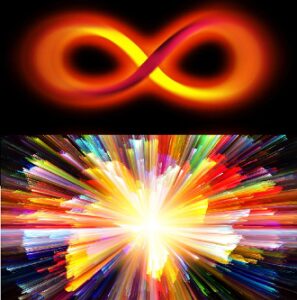
Arquivo para August 5th, 2021
From metaphysics to ontology
There is no dishonorable resource of using metaphor to affirm metaphysics, as Ricoeur asked, the Thomist resource “did not stop at the solution closest to the Platonic exemplary adopted in the commentary on Book I of the Sentences, still under the influence of Alberto the Great” (Ricoeur, 2005, p . 421).
affirm metaphysics, as Ricoeur asked, the Thomist resource “did not stop at the solution closest to the Platonic exemplary adopted in the commentary on Book I of the Sentences, still under the influence of Alberto the Great” (Ricoeur, 2005, p . 421).
Aquinas, when working on being, potency and act (his great categories), conceives an order of descent “in the series being, substance and accident” observes Ricoeur, “according to which one receives the other esse et rationem”, and thus establishes another analogy as described in Distintio XXXV (q. 1, ar. 4):
“There is another analogy [besides the order of priority] when a term imitates another as much as it can, but does not match it perfectly, and this analogy is found between God and creatures” (Aquino apud Ricoeur, 2005, p. 421), and explains Ricoeur it is necessary to understand this feature of a common term between God and creatures, and this can be explained thus:
“Between God and creatures there is no similarity through something common, but through imitation, from which it is said that the creature is similar to God, but not the other way around, as Pseudo-Dionysius says” (idem).
This participation by similarity means that “it is God himself who communicates his likeness: the diminished image ensures an imperfect and inadequate representation of the divine exemplar” (Ricoeur, 2005, p. 422), and this has a weakness: “the total disjunction between attribution of names and categorical attribution” (idem), thus the theological discourse “loses all support in the categorical discourse of being”.
The resource already pointed out above being as an act and power, direct similarity is still close to univocity, so Aquino observes that exemplary causality, due to its formal character, must be subordinated to efficient causality, the only one that founds the communication of underlying being analog assignment. The discovery of being as an act then becomes the ontological foundation of the theory of analogy” (RICOEUR, 2005, p. 422).
The discourse is too philosophical, and I simplify it here: God is pure being in act and potency, the creature is being in act and can be in potency, so Thomas Aquinas develops this.
Aquinate in De Veritate distinguishes two types of analogy, one proportional (proportio), for example a number and its double, and another one of proportional relation (proportionalitas) which is a similarity of relation, in numbers, for example, 6 is to 3 as 4 is to 2.
Of course this is not just mathematics, Ricoeur does this as a didactic resource, the infinite and the finite are disproportionate, but it can be said (divine science is for God, what human science is for the created” (Ricoeur, 2005, p. 423) and which is a quotation from Thomas Aquinas’ De veritate.
Ricoeur, P. (2005) Metáfora viva. trad. Dion David Macedo. BR, São Paulo: Edições Loyola.

